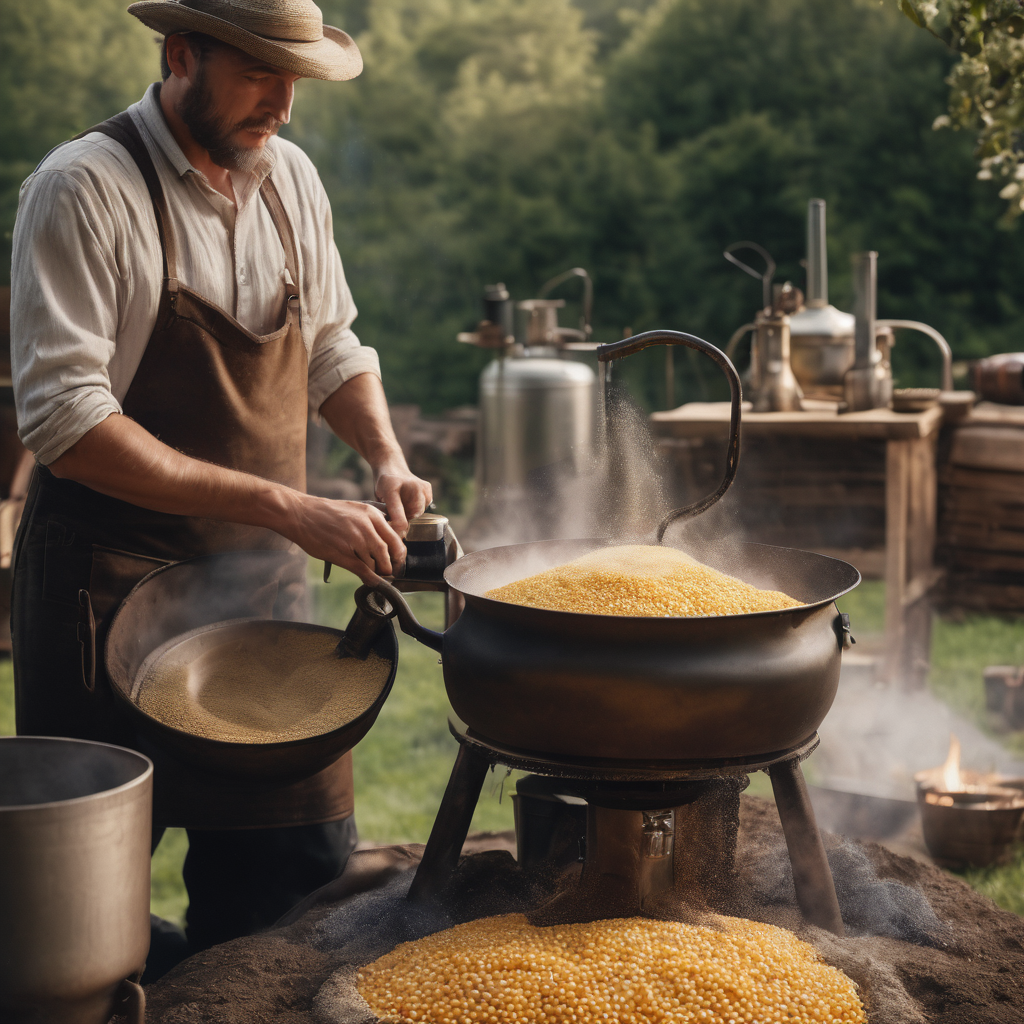Fermentable sugars are carbohydrates that yeast can metabolize and convert into alcohol and carbon dioxide during fermentation. They play a crucial role in the production of alcoholic beverages like beer, wine, and spirits, as well as in the fermentation of other foods and beverages.
Here’s a list of some common fermentable sugars:
Monosaccharides:
- Glucose: The primary fermentable sugar widely found in fruits, honey, and many starchy foods.
- Fructose: Another common monosaccharide found in fruits and honey, also fermentable by yeast.
Disaccharides:
- Sucrose: Composed of glucose and fructose, found in sugar cane, sugar beets, fruits, and vegetables.
- Maltose: Made of two glucose molecules linked together, commonly found in malted grains and beers.
- Lactose: Present in milk and dairy products, fermentable by some strains of yeast and bacteria.
Trisaccharides:
- Maltotriose: Consists of three glucose molecules linked together, found in smaller quantities during the breakdown of starch, particularly in malted grains and some beers.
Complex Sugars (Polysaccharides):
- Starch: Found in grains (wheat, barley, corn, rice) and root vegetables (potatoes). Enzymes break down starch into fermentable sugars during mashing in brewing or cooking processes.
- Cellulose: While not directly fermentable by most yeast strains, some specialized microorganisms, like certain bacteria and fungi, can break down cellulose into fermentable sugars.
Other Fermentable Compounds:
- Maltodextrins: Partially hydrolyzed starches that consist of short chains of glucose molecules. They are fermentable by yeast and contribute to mouthfeel and body in beverages.
Among the commonly used fermentable sugars, glucose yields the most ethanol by weight during fermentation. Glucose, as a monosaccharide, is readily metabolized by yeast and undergoes a complete fermentation process, resulting in the highest ethanol yield compared to other sugars.
During fermentation, each glucose molecule is converted into two molecules of ethanol and two molecules of carbon dioxide (CO2). The process is represented by the chemical equation:
C6H12O6 (Glucose) → 2 C2H5OH (Ethanol) + 2 CO2 (Carbon Dioxide)
This chemical equation illustrates that for every molecule of glucose fermented, it produces two molecules of ethanol. This high conversion efficiency makes glucose the sugar that yields the most ethanol by weight among the common fermentable sugars.
| Fermentable Sugar | Fermentability | Ethanol Yield from 1 kg (grams) |
|---|---|---|
| Glucose | Highly fermentable | 511 |
| Fructose | Highly fermentable | 494 |
| Sucrose | Highly Fermentable | 484 |
| Maltose | Fermentable | 479 |
| Maltotriose | Fermentable | 474 |
| Lactose | Less fermentable | 473 |

Leave a Reply